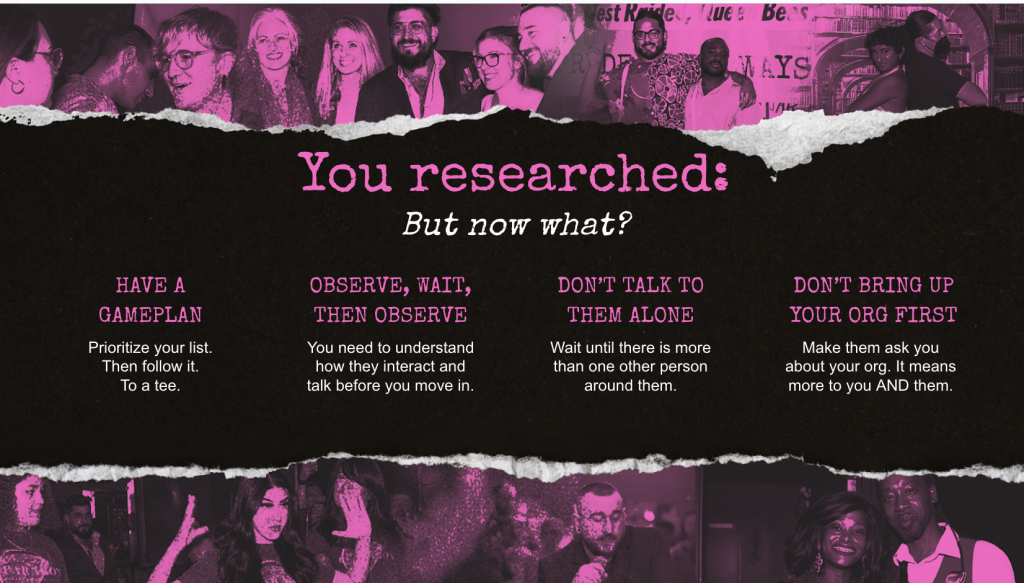“You must listen to the science,” Chris Packham, the veteran presenter of BBC nature shows, implored an audience a stone’s throw from the Houses of Parliament. An invitation-only crowd of about a thousand people, including more than 100 Members of Parliament, news executives, celebrities, and civil society leaders sat before him, joined by a live-streaming audience. The November 27 gathering was billed as a National Emergency Briefing.
“You must listen to the science,” Packham repeated. “Because if you don’t, then things go wrong, and lives are lost.” Quoting from a recent investigation of the UK government’s handling of the Covid pandemic, Packham noted that an additional 23,000 people died during a single week “because scientific advice was ignored,” as social distancing orders were lifted prematurely. “Tragically,” he continued, the threat posed by climate change is “far, far greater…. It’s not thousands, it’s not hundreds of thousands, or millions of lives that are at risk. It’s billions of lives that are at risk.”
“Billions” was no TV star’s rhetorical flourish, a panel of top scientists then explained. A series of 10-minute presentations on the latest research on how rising global temperatures affect food production, public health, economic well-being, and military security offered a fresh take on what thousands of scientists have long warned. Humanity “is hurtling toward climate chaos,” in the words of “The 2025 State of the Climate Report,” published recently in BioScience, “an unfolding emergency… where only bold, coordinated action can prevent catastrophic outcomes.”
Irreversible tipping points, such as the shutdown of the massive ocean current known as the Atlantic Meridional Overturning Circulation (AMOC), absolutely must be avoided, said Tim Lenton of the University of Exeter. An AMOC shutdown would spread Arctic Ocean ice far southward, give London temperatures of -20 degrees Celsius (-4 degrees Fahrenheit) for a full three months of the year, and cut in half the world’s growing regions for wheat and maize, Lenton said, sparking “a global food security crisis.”
Packham also called out his news industry colleagues. The BBC presenter said the public was not “getting access to… the reality of what is happening to our one and only home.” Disinformation spread by the fossil fuel industry and its allies is partly to blame, he said. Beyond that, he added, much of the media “is either far from independent, outwardly biased, or simply failing in its duty to explain to everyone the gravity of our predicament.”
The briefing concluded with the release of a public letter demanding that government and media leaders do better. Addressed to Prime Minister Keir Starmer and the heads of five of Britain’s national broadcasters and their independent regulatory body, the letter was read aloud by actor Olivia Williams. Declaring that the people of Britain “are not safe,” the letter urged “the Government and all public service broadcasters to hold an urgent televised national emergency briefing for the public, and to run a comprehensive public engagement campaign so that everyone understands the profound risks this crisis poses to themselves and their families.”
Although this national emergency briefing was focused on Great Britain, it’s a wake-up call that needs to be heard in countries — and newsrooms — around the world. Despite an abundance of strong individual stories and a scattering of outlets providing high-profile coverage of the climate emergency, the media as a whole is still not reflecting what science says: Humanity’s planetary house is on fire, but we also have the tools to put that fire out. “Now is the time,” the letter concluded, “to put trust in the public,” which, if properly informed, is empowered to take “the action needed.”
From Us
Free training! The Climate Newsroom, CCNow’s free training program, is designed to provide new story ideas and help your newsroom deliver solutions-driven climate stories in three sessions. The deadline to apply for our winter cohort is Friday, January 16. Learn more + apply now!
Prep your winter coverage. Watch a recording of CCNow’s and Climate Central’s latest Prep Your Climate Coverage webinar where we dig in to how climate change is impacting winter in the US.
Share your end-of-year reflections. As we look toward the end of 2025, CCNow wants to hear from you, our journalistic community, about climate stories that were undercovered in 2025 and which ones should get more coverage in 2026. We’ll share select responses via social media and in our newsletters in the coming weeks. Share your thoughts here!
Noteworthy Stories
Urgent warning. The new UN Global Environment Outlook report, produced by more than 200 researchers, finds that “food and fossil fuel production is causing $5 billion of environmental damage an hour” and implores rapid global systemic transformation to avoid societal collapse. By Damian Carrington for The Guardian…
-
The report, representing six years of work by scientists, was “hijacked” by the US, Saudi Arabia, Russia, and others, at an October meeting in which they refused to approve the report’s summary findings, said the report’s co-chair Professor Sir Robert Watson. By Matt McGrath for the BBC News…
Water crisis. Tehran’s 10 million citizens were given the all-clear to venture outside this week after much needed rain returned air quality in the city to “acceptable” following three weeks of dangerous pollution levels due to an ongoing drought. The climate crisis led Iranian officials to warn residents that the city may need to be evacuated, if already decimated water supplies run out. From The New Arab…
Under threat. Indonesian authorities report that nearly 1,000 people have died and nearly one million people have been displaced by extreme rainfall that flooded coastal and highland areas, triggering landslides. On Monday, a new report by the Asian Development Bank climate impacts on Asia’s water infrastructure could threaten billions of people’s lives. From Agence France-Presse…
EV loser? Electric vehicles accounted for 25% of new cars sold worldwide in 2025, but EV sales in the US have been stuck at 10% since 2023. Will China’s dominance in the EV industry catapult it secure greater economic power? By Dana Nuccitelli for Yale Climate Connections…

Quote of the Week
“When you move, it moves. So the sun is asking you to notice that your presence makes a difference. It holds up in front of you the fact that your actions have consequences.”
– Scandinavian artist Olafur Eliasson on his new artwork “Presence,” in an interview with The Guardian
Resources & Events
Audience engagement. The Reuters Institute for the Study of Journalism is out with new analysis of climate news use and audience attitudes in eight countries — Brazil, France, India, Germany, Japan, Pakistan, the UK, and the US. Read the report.
The Monthly Climate Brief. Climate Central is launching a monthly webinar on December 16, at 12pm ET. They’ll unpack global weather and climate data from November 2025, offer insights into the role of climate change in recent weather extremes, and answer audience questions. Learn more + register.
Jobs, Etc.
The Uproot Project is hiring writers for its biweekly newsletter, The Seedling, starting in 2026 (remote). Mongabay is hiring an English-language associate fellowship editor and Portuguese-language fellowship editor (remote). The Los Angeles Times is hiring an energy and climate reporter (El Segundo, Calif.). McClatchy Media is hiring a coastal climate reporter (Columbia, S.C.). Illinois Public Media is hiring an agriculture/environmental reporter (Urbana, Ill.).
Paid internships. The University of Miami’s Campus Climate Network and the Climate Accountability Lab are hiring college students to conduct research on their universities’ ties to the fossil fuel industry in spring 2026. Learn more + apply.
Support Covering Climate Now
The post “Listen to the Science” appeared first on Covering Climate Now.


